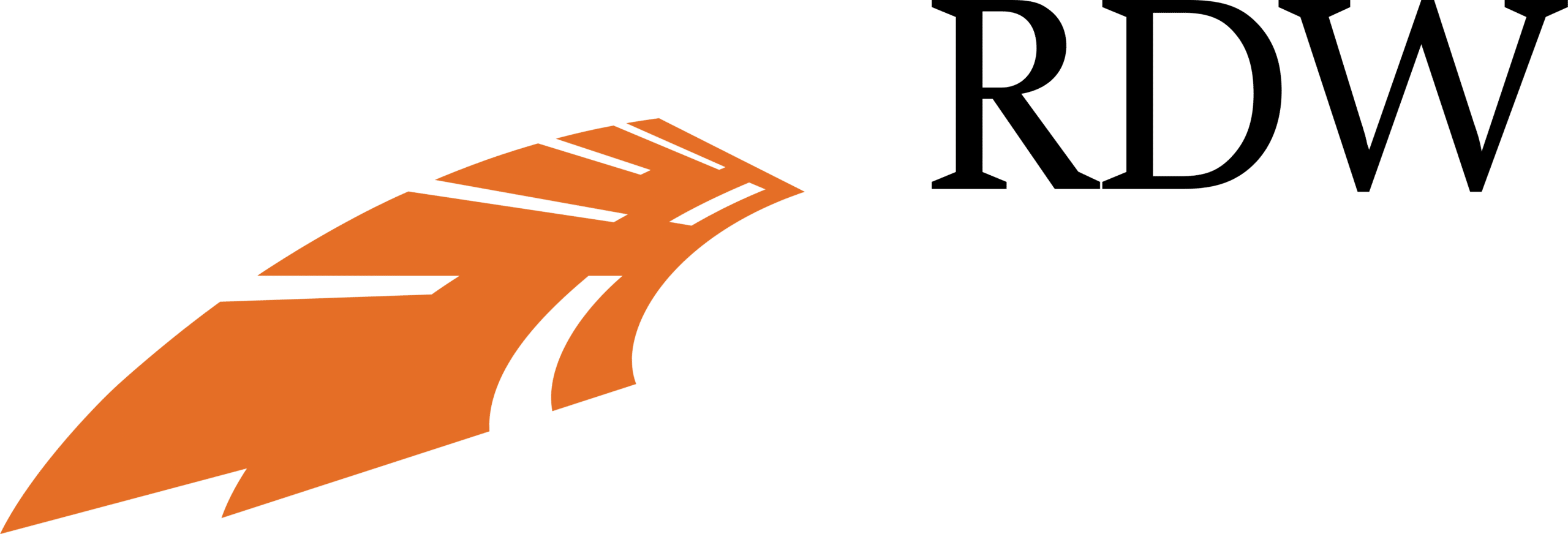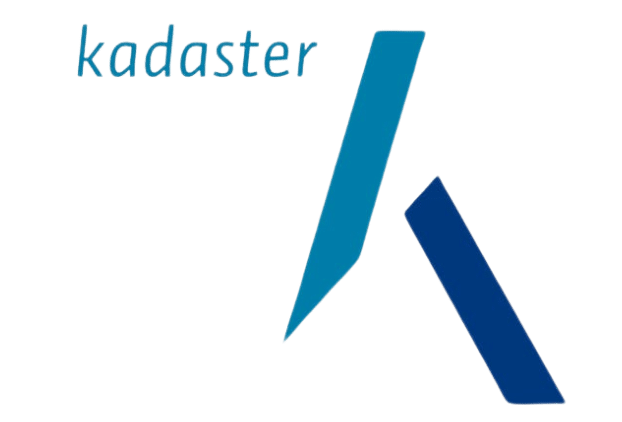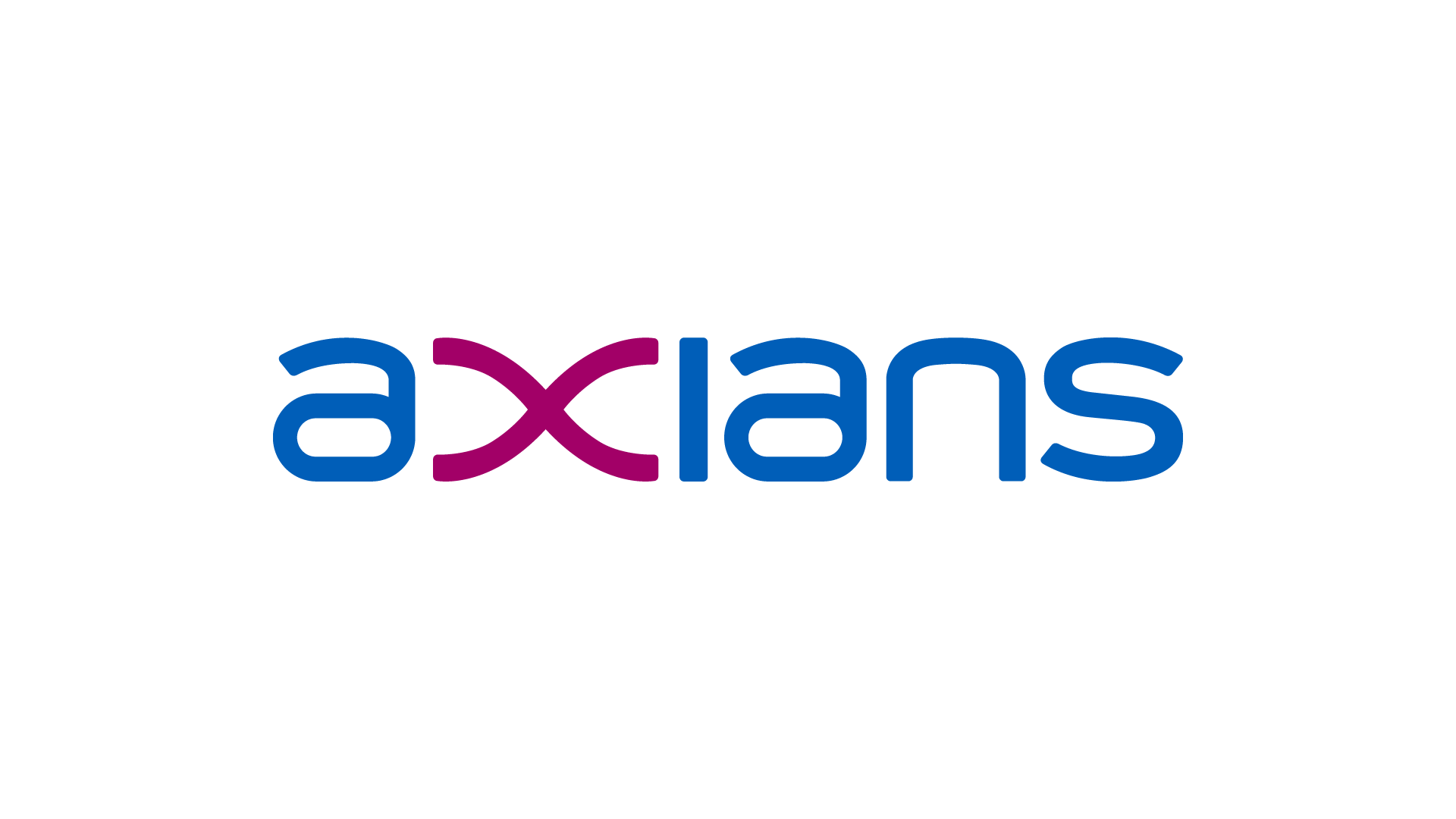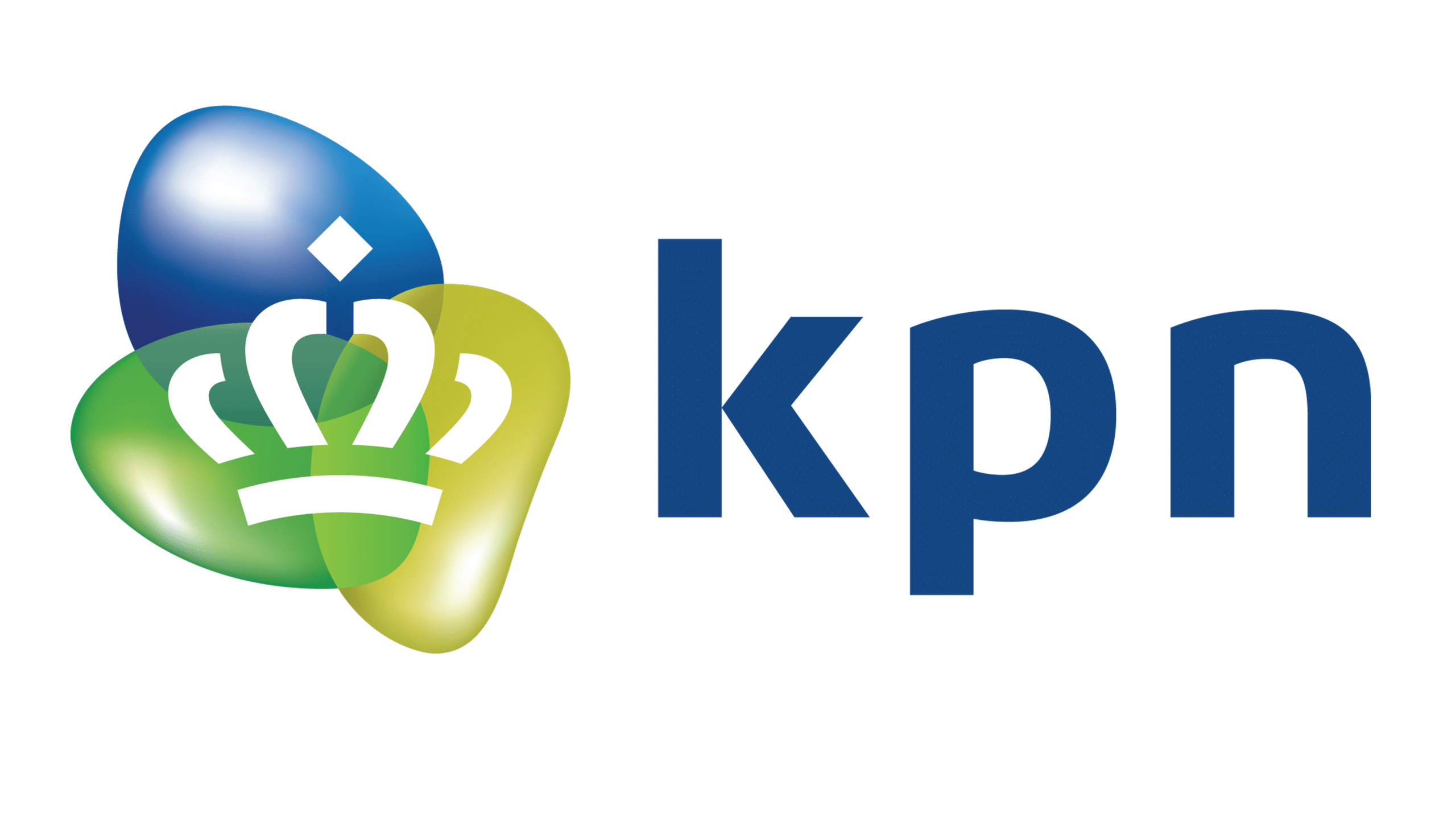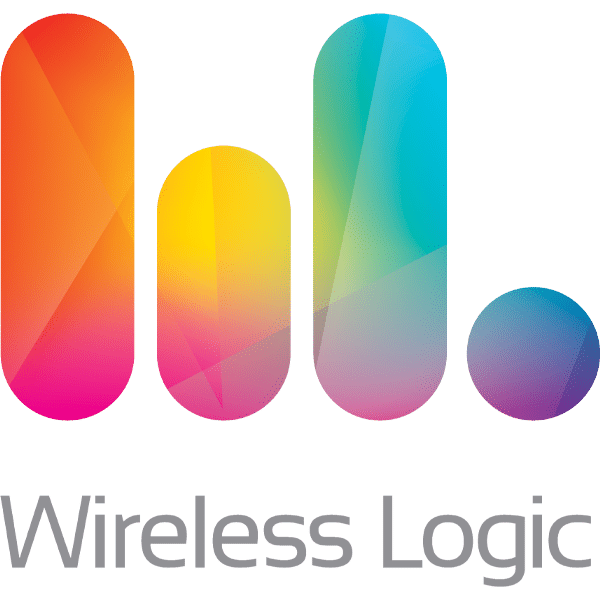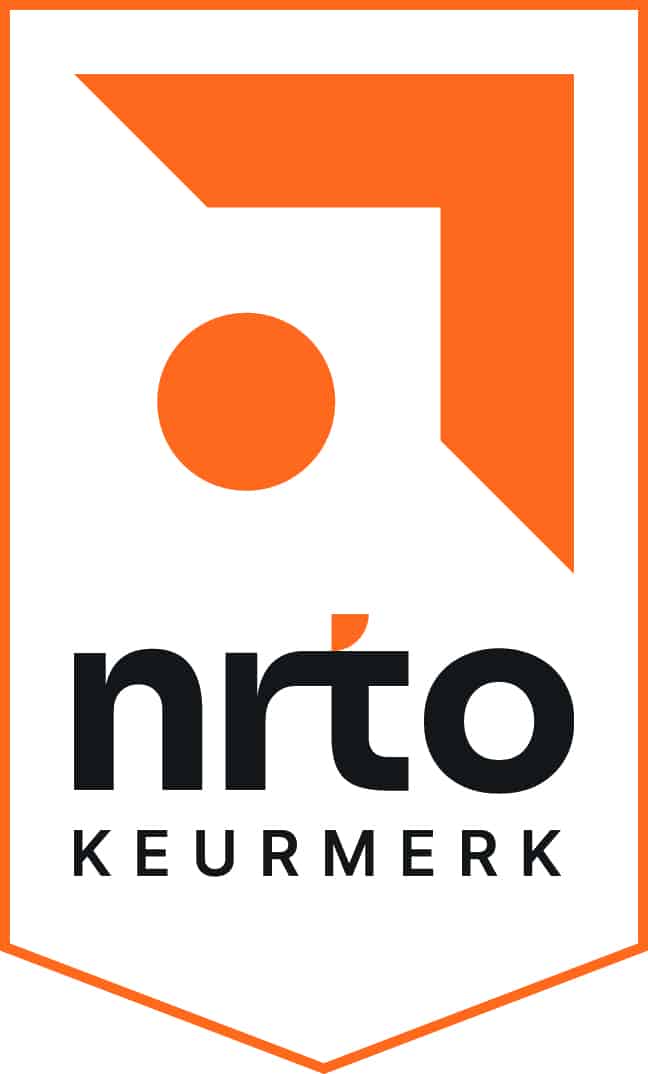Algemene omschrijving
The PL-600 E-Learning is entirely in English. As a Dutch IT training provider, we offer the information on this page in Dutch. At the bottom of the page, you will find a brief summary in English. The topics within the PL-600 E-Learning package itself are described in English.
De PL-600 E-Learning biedt jou een uitgebreide inleiding op de rol van Solution Architect binnen Microsoft Power Platform. Door de PL-600 E-Learning door te nemen, zul je leren hoe jij robuuste en veerkrachtige oplossingen kunt ontwerpen, implementeren en beheren die aan de behoeften van klanten en organisaties voldoen.
Daarnaast is de PL-600 E-Learning gericht op de essentiële onderdelen van de Solution Architect, waaronder beveiliging, integratie en de architectuur van Power Apps en Power Automate. Je zult inzicht krijgen in de beslissingen die een Solution Architect neemt tijdens een implementatie en hoe jij een oplossing af kunt stemmen op strategische doelen.
Met toegang tot het PL-600 cursusmateriaal, een MeasureUp-oefenexamen en een PL-600 examenvoucher, bereidt de PL-600 E-Learning jou volledig voor op het PL-600 examen. Versterk jouw expertise en word een gecertificeerde Solution Architect die organisaties helpt bij het realiseren van hun digitale transformatie.
Doelgroep
De PL-600 E-Learning is geschikt voor verschillende professionals die willen leren hoe zij een rol als Solution Architect kunnen vervullen binnen Microsoft Power Platform.
Dit betreft met name de volgende mensen:
- Solution Architects die verantwoordelijk zijn voor het ontwerpen en implementeren van veerkrachtige en schaalbare oplossingen die aan klantbehoeften en zakelijke doelen voldoen.
- ICT-consultants die oplossingen binnen Microsoft Power Platform willen configureren en implementeren voor klanten binnen diverse sectoren.
- ICT-managers en projectleiders die strategisch inzicht willen verkrijgen in het afstemmen van technische oplossingen op zakelijke doelstellingen.
- Power Platform-specialisten die enige ervaring hebben met Power Apps en Power Automate en zich willen specialiseren in architecturale besluitvorming.
- Professionals die zich voor willen bereiden op het PL-600 examen om de PL-600 certificering te behalen.
Wat is inbegrepen
De PL-600 E-Learning combineert theoretische kennis met praktijkgerichte toepassingen, zodat je leert om robuuste en veerkrachtige oplossingen te ontwerpen en te implementeren die waarde toevoegen aan klanten en organisaties.
Hier is een overzicht van de inhoud van de PL-600 E-Learning:
- Officieel PL-600 cursusmateriaal
- Verkrijg toegang tot het PL-600 cursusmateriaal waarin je leert over de architectuur en besluitvorming binnen Microsoft Power Platform.
- MeasureUp oefenexamen
- Toets jouw kennis met oefenvragen die jou voorbereiden op het PL-600 examen.
- PL-600 examenvoucher
- Inclusief een PL-600 examenvoucher om het PL-600 examen af te leggen en de PL-600 certificering te behalen.
Voorkennis
Je hebt geen specifieke voorkennis nodig om te beginnen met de PL-600 E-Learning.
Wij raden daarentegen aan dat jij beschikt over de volgende kennis en vaardigheden:
- Ervaring met Microsoft Power Platform
- Het is aan te raden dat jij ervaring hebt met de componenten van Microsoft Power Platform (Power BI, Power Apps, Power Automate en Power Virtual Agents), aangezien de PL-600 E-Learning gericht is op geavanceerde aspecten van architectuur en het ontwerpen van oplossingen.
- Ervaring in ICT of softwareontwikkeling
- Enige ervaring in ICT, softwareontwikkeling of een gerelateerd veld kan nuttig zijn, vooral voor het begrijpen van technische aspecten van de PL-600 E-Learning.
- Analytische en probleemoplossende vaardigheden
- Sterke analytische vaardigheden en het vermogen om complexe zakelijke vereisten te vertalen naar technische oplossingen zijn essentieel voor een Solution Architect.
- PL-200 certificering en/of de PL-400 certificering
Onderwerpen
Module 1: Becoming a Solution Architect/Getting to know your customer
Lessons:
- Define a Solution Architect.
- Role of a Solution Architect on projects.
- Project Methodology.
- Getting to know your customer.
- Group exercise - Getting to know your customer.
Module 2: Conceptualizing the design from requirements
Lessons:
- How to lead the requirement collection effort.
- Using fit gap analysis.
- Pillars of good architecture.
- Blueprinting the solution architecture.
- Group exercise - Design from requirements.
Module 3: Project governance and working as a team
Lessons:
- Solution Architect's role in project governance.
- Techniques for keeping a project on track.
- Scenarios that could cause a project to fail.
- Group exercise - Project governance and working as a team.
Module 4: Power Platform Architecture
Lessons:
- Key Power Platform architecture components.
- Understand how platform design and limits influence solution architectures.
- Updates and feature releases.
- Understand how to communicate how the platform meets customer needs.
Module 5: Data Modeling
Lessons:
- Data model influences.
- Data model strategy.
- Data types.
- Data relationships.
- Group exercise - Data modeling.
Module 6: Analytics and artificial intelligence
Lessons:
- Planning and evaluating requirements.
- Operational reporting.
- Power BI.
- Enterprise BI.
- Pre-built insights and custom AI.
Module 7: Power Apps Architecture
Lessons:
- Discuss options for apps and how to choose where to start.
- Discuss app composition options.
- Using components as part of your app architecture.
- Considerations for including Portals as an app in your architecture.
- Group exercise - Power Apps Architecture topics.
Module 8: Application Lifecycle Management (ALM)
Lessons:
- Microsoft vision and Solution Architect's role in ALM.
- Environment strategies.
- Defning a solution structure for your deliverable.
Lab: ALM Hands-on Lab
Module 9: Power Automate Architecture
Lessons:
- Discuss options for automation and custom logic.
- Review considerations for using triggers and common actions.
- Explore using Business Process Flows (BPF) to guide users through business processes.
- Group Exercise - Evaluate scenarios for Power Automate usage.
Module 10: Security Modeling
Lessons:
- Solution Architect's role in security modeling.
- Discovery and learning your client's environment.
- Controlling access to environments and resources.
- Controlling access to CDS Data.
- Group Exercise - Security Modeling.
Module 11: Integration
Lessons:
- Solution Architects role in Integrations.
- What is an integration and why do we need it.
- Platform features that enable integration.
- CDS Event Publishing.
- Scenarios for group discussion.
Module 12: Dynamics 365 Applications Architecture
Lessons:
- Solution Architect's role when deploying Dynamics 365 apps.
- Architecture Considerations for primary apps.
- Group Exercise - App specific working groups evaluate requirements.
Module 13: Power Virtual Agents architecture
Lessons:
- Introduction.
- Chatbot options.
- Chatbot concepts.
- Best practices.
- Integrate chatbots.
- Power Virtual Agents in Microsoft Teams.
Module 14: Robotic Process Automation
Lessons:
- Introduction.
- Power Automate Desktop.
- Recording and editing tasks.
- Running desktop flows.
- Process advisor.
Module 15: Testing and Go Live
Lessons:
- Solution Architect's role with testing and go live.
- Planning for testing.
- Planning for go live.
English Summary
The PL-600 E-Learning provides a comprehensive introduction to the Solution Architect role within Microsoft Power Platform. Learn to design, implement, and manage robust and resilient solutions that meet organizational needs. With a focus on security, integration, and the architecture of Power Apps and Power Automate, the PL-600 E-Learning prepares you thoroughly for the PL-600 exam. Gain valuable skills and become a certified Solution Architect driving digital transformation.






